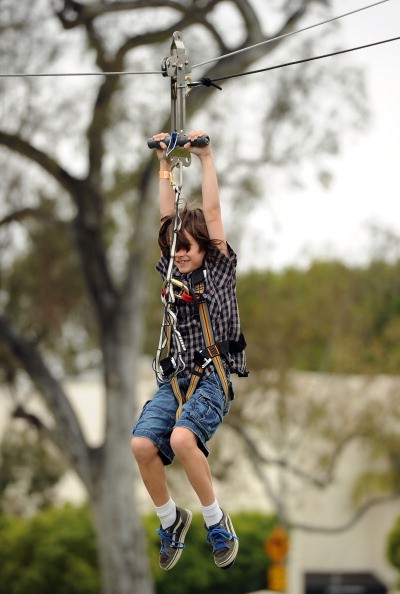
In recent years, zip lines have become extremely popular. What's not to like about zipping along a line high in the air at great speed? But with popularity comes an increase in injuries, according to a study of U.S. emergency room data.
The study found that, from 1997 to 2012, nearly 17,000 people were treated for zip line-related injuries. These included broken bones, cuts, and sprains. Most of the injuries have happened in the last four years of the study. There have been at least six deaths this year mostly due to falls from zip lines, but those deaths were not included in this study.
The researchers analyzed data collected by the Consumer Product Safety Commission. There are more than 200 commercial zip lines in the country and thousands more zip lines that people have set up in backyards, at summer camps, and at schools. Most injuries occurred at commercial courses, camps, and other non-residential places. About 30% were from zip lines in backyards or farms.
The annual injury rate for all zip lines climbed from almost 8 per 1 million U.S. residents in 2009 to nearly 12 per 1 million in 2012. Injuries were most common in children and teens.
Almost 12% of injured people ended up staying in the hospital, which is a rate much higher than seen with more conventional sports, according to the study authors.
This is the first national look at zip line injuries and highlights a need for better regulation and uniform safety standards, the researchers say. The study was published in the American Journal of Emergency Medicine.
Here are some safety tips for using a zip line:
- Find a reputable operator by checking reviews online.
- Avoid operators who do not follow any industry safety standards
- Ask about staff training and ask to see inspection or maintenance reports
- Always wear the safety equipment provided including body harnesses, helmets, and gloves.
- Do not readjust harnesses after guides have secured them.
- Follow all instructions.



